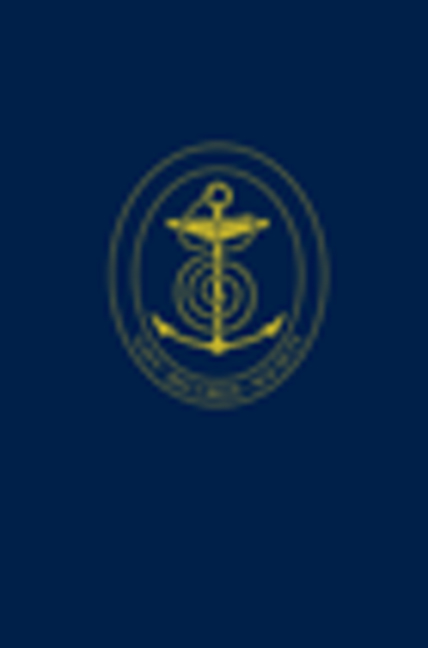 The Durham Papers
The Durham Papers Book contents
- Frontmatter
- Miscellaneous Frontmatter
- Dedication
- Contents
- General Introduction
- Part I From Acting Lieutenant to Master and Commander, 1781–1790
- Part II Sloop Commander, 1793
- Part III Frigate Captain, 1793–1802
- Part IV Ship-of-the-Line Captain, 1803–1810
- Part V Flag-Officer, 1810–1813
- Part VI Commander-in-Chief, Leeward Islands, 1813–1816
- Part VII Lowland Laird, and Commander-in-Chief, Portsmouth, 1836–1839
- Part VIII Epilogue
- Sources and Documents
- Index
- Miscellaneous Endmatter
Part I - From Acting Lieutenant to Master and Commander, 1781–1790
Published online by Cambridge University Press: 04 May 2024
- Frontmatter
- Miscellaneous Frontmatter
- Dedication
- Contents
- General Introduction
- Part I From Acting Lieutenant to Master and Commander, 1781–1790
- Part II Sloop Commander, 1793
- Part III Frigate Captain, 1793–1802
- Part IV Ship-of-the-Line Captain, 1803–1810
- Part V Flag-Officer, 1810–1813
- Part VI Commander-in-Chief, Leeward Islands, 1813–1816
- Part VII Lowland Laird, and Commander-in-Chief, Portsmouth, 1836–1839
- Part VIII Epilogue
- Sources and Documents
- Index
- Miscellaneous Endmatter
Summary
It was in the Channel Fleet that Philip Durham came to the Admiralty’s attention as one of the Royal Navy’s ablest young commanders, and it was in that fleet that much of his career as a post-captain was spent. In July 1781, like several other protégés of Captain John Elliot glad to come into a flag-officer’s orbit given what that could mean for promotion, he was transferred from Elliot’s Edgar into the Victory, flagship of Rear-Admiral Kempenfelt, formerly captain of the fleet and now a divisional commander under Vice-Admiral Darby, whose flag flew in the Britannia. Kempenfelt was still refining the numerical signal code upon which he had been working for a number of years, and chose the sharp-minded Durham to be his signal officer, in the role of acting lieutenant. Durham was present at Kempenfelt’s heroic rout off Ushant, on 12 December 1781, of the Comte de Guichen’s Caribbean-bound transports, with the audacious capture of many despite de Guichen’s vastly superior strength. He continued as Kempenfelt’s signal officer following Darby’s replacement as commander-in-chief of the Channel Fleet by Admiral Lord Howe, who in April 1782 raised his flag aboard the Victory. Kempenfelt – now the fleet’s third in command, under Howe and Barrington – raised his on board the Royal George, mounting 108 guns, with Martin Waghorn (written Waghorne in the documents below) as his flag-captain. When imminently due with the rest of the fleet to sail to the relief of Gibraltar, the Royal George sank at Spithead on the morning of 29 August while undergoing a ‘parliament heel’ so that a faulty starboard pipe leading to the cistern in her orlop could be replaced, provisions for the already well-stocked ship being simultaneously unloaded from a lighter that lay alongside.
Having examined the course and causes of this famous disaster in a recently completed but not yet published work, I will confine remarks here to the situation only in relation to Durham, who from 8am was officer of the watch. Nobody voiced concern regarding the extent of the heel, which seemed no steeper than when she was previously heeled, and though at length the worried carpenter, Thomas Williams, told Waghorn of nearly three feet of water in her hold, it proved too late to right her. Durham survived in common with Waghorn and most of the men on deck.
- Type
- Chapter
- Information
- The Durham PapersSelections from the Papers of Admiral Sir Philip Charles Henderson Calderwood Durham G. C. B. (1763-1845), pp. 11 - 42Publisher: Boydell & BrewerFirst published in: 2024
